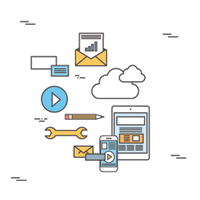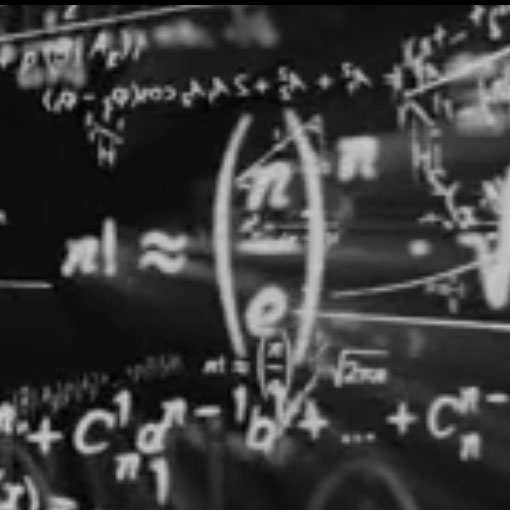Ask Anything About: Headless CMS

For this reason, Website Magazine launched its "Ask Anything About" series (inspired by Reddit's popular Ask Me Anything threads) to pair some basic question about a topic with an expert who could answer them in greater detail.
Our expert for "Ask Anything About: Headless Content Management Systems", or CMS, is Dennis Shiao, Director of Content Marketing for DNN Software. Let's get started!

What are some functions of a traditional content management system?
 Dennis Shiao, DNN Software: Content Management Systems (CMS) help organizations manage the creation of content. Functions include user management, content data entry, editing, workflow, versioning and permissions. A traditional Web CMS adds capabilities for publishing content to a website: templates, forms, themes, layout, URL management, caching, personalization and more.
Dennis Shiao, DNN Software: Content Management Systems (CMS) help organizations manage the creation of content. Functions include user management, content data entry, editing, workflow, versioning and permissions. A traditional Web CMS adds capabilities for publishing content to a website: templates, forms, themes, layout, URL management, caching, personalization and more.
What are some limitations of these systems?
Shiao: Some traditional CMS systems are bound to websites. They're limited because content consumption is shifting away from websites and browsers. We're more often using mobile apps and interacting with smart speakers like Amazon Echo and Google Home. If content is "trapped" inside a Web page because of the limitations of your CMS, then it won't be found when your target audience needs it. These limited systems are not future-friendly.
How would you describe a headless CMS to non-technical types?
Shiao: If content management is a two-step process, where step one covers the editorial workflow to create content and step two covers the publishing of that content to a destination, then a headless CMS handles step one only.
How would you describe a headless CMS to your technical peers?
Shiao: A headless CMS provides the editorial tools to create and manage content. It leaves the rendering of content to external applications, which use API calls to the headless CMS to request content.
How can a headless CMS address some of those aforementioned limitations or others?
Shiao: Since the headless architecture separates content management from rendering, it provides more flexibility on where and how content is displayed. While content from a headless CMS can be published to traditional websites, the same content can now travel to any destination. Content endpoints simply need to make API calls to retrieve the content, then make their own decisions on how the content is formatted and displayed.
Are there any limitations of a headless CMS that companies should be made aware?
Shiao: With flexibility comes responsibility. Previously, I noted capabilities provided by a traditional Web CMS: templates, forms, themes, layout, URL management, caching, personalization and more. In the headless model, developers that you "hire" (i.e., either within your organization or via an agency or implementation partner) need to implement and maintain these services.
If you discover a bug or need a new feature, you'll need to work that out with these developers. Forrester Research said it well in a report on the Headless CMS market, when they wrote, "Warning: headless content management is for do-it-yourself shops."
Is headless CMS only for companies thinking ahead to Internet of Things devices or does it make sense for current content initiatives as well?
Shiao: It works for current content initiatives. Headless CMS is well suited for scenarios where content is published beyond websites. Internet of Things is one example of that, but there's much more: smart speakers, kiosks, social media sites, mobile apps, etc.
Speaking of, what really is IoT?
Shiao: TechTarget defines Internet of Things as "a system of interrelated computing devices, mechanical and digital machines, objects, animals or people that are provided with unique identifiers and the ability to transfer data over a network without requiring human-to-human or human-to-computer interaction."
For the purpose of this discussion, the flexibility of a headless CMS is well-suited for the growing world of IoT. As new IoT devices are created, they'll be able to retrieve content from a headless CMS and render it on the device.
Is a headless CMS always in the cloud?
Shiao: Cloud-based is the most common delivery model, but headless CMS is not exclusive to cloud. A headless CMS provides an Internet-reachable endpoint to receive and respond to API requests and that's possible via on-premises software.
Are microservices and headless CMS related at all?
Shiao: Microservices is a particular method for developing and deploying software applications. Some headless CMS systems deliver features via microservices, while others do not use them.
Keep Reading:

Subscribe to Our Newsletter!
Latest in Software








